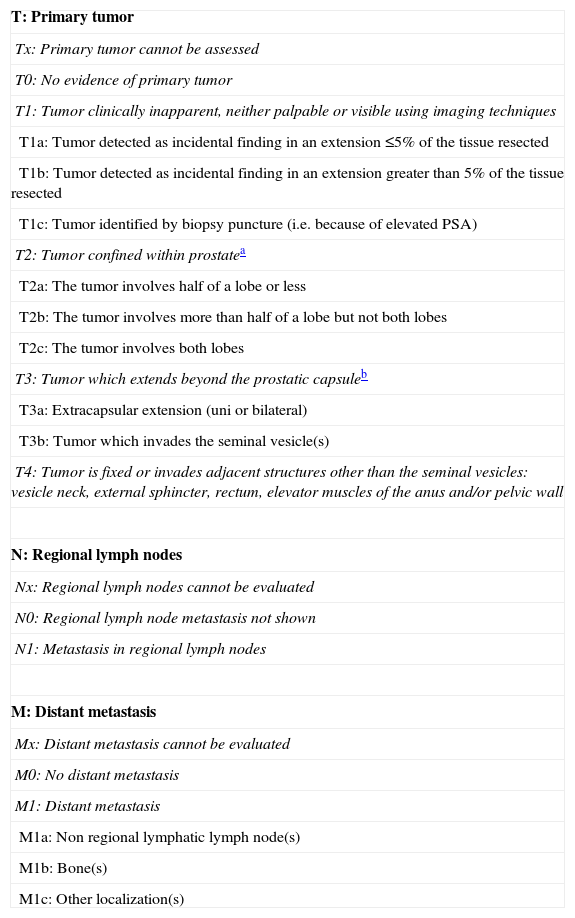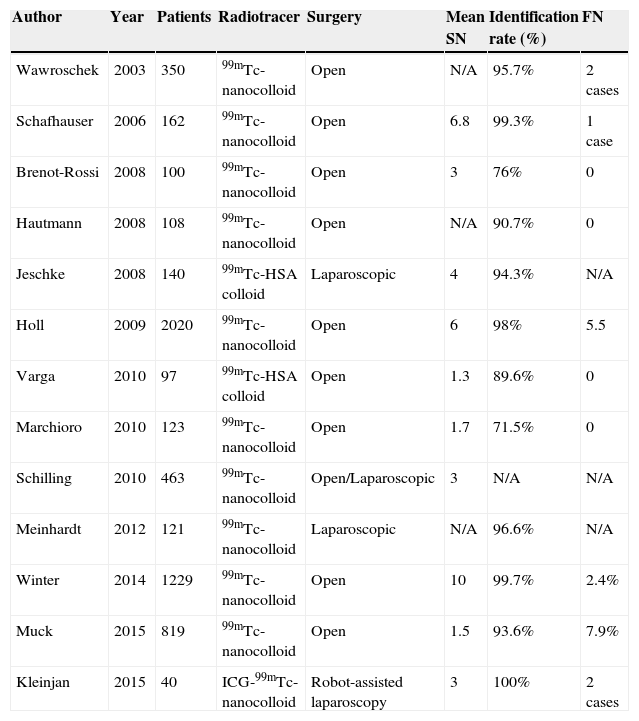In general terms, one of the main objectives of sentinel lymph node (SLN) biopsy is to identify the 20-25% of patients with occult regional metastatic involvement. This technique reduces the associated morbidity from lymphadenectomy, as well as increasing the identification rate of occult lymphatic metastases by offering the pathologist those lymph nodes with the highest probability of containing metastatic cells. Pre-surgical lymphoscintigraphy is considered a “road map” to guide the surgeon towards the sentinel nodes and to ascertain unpredictable lymphatic drainages. In prostate cancer this aspect is essential due to the multidirectional character of the lymphatic drainage in the pelvis. In this context the inclusion of SPECT/CT should be mandatory in order to improve the SLN detection rate, to clarify the location when SLNs are difficult to interpret on planar images, to achieve a better definition of them in locations close to injection site, and to provide anatomical landmarks to be recognized during operation to locate SLNs.
Conventional and laparoscopic hand-held gamma probes allow the SLN technique to be applied in any kind of surgery. The introduction and combination of new tracers and devices refines this technique, and the use of intraoperative images. These aspects become of vital importance due to the recent incorporation of robot-assisted procedures for SLN biopsy. In spite of these advances various aspects of SLN biopsy in prostate cancer patients still need to be discussed, and therefore their clinical application is not widely used.
En términos generales uno de los principales objetivos de la biopsia del ganglio centinela (GC) es identificar el 20-25% de pacientes que presentan enfermedad ganglionar regional clínicamente oculta. Esta técnica minimiza la morbilidad asociada a la linfadenectomía y aumenta también la tasa de identificación de metástasis linfáticas ocultas al ofrecer al patólogo aquel o aquellos ganglios con mayor probabilidad de contener células tumorales. La linfogammagrafía prequirúrgica se considera como un “mapa de carreteras” para guiar al cirujano hacia los GC y para la localización de patrones de drenaje impredecibles. En cáncer de próstata este aspecto adquiere especial importancia debido a su drenaje multidireccional en la pelvis. En ese contexto la inclusión de SPECT/TC aparece como esencial para lograr un mejor índice global de detección del GC, clarificar la existencia y ubicación de ganglios centinelas difíciles de interpretar a las imágenes planares, conseguir una mejor definición de los mismos en localizaciones cercanas a la inyección y entregar puntos de referencia anatómica que puedan ser reconocidos durante la operación para localizar los GC.
La utilización de sondas detectoras de rayos gamma convencionales o laparoscópicas permiten la aplicación de la técnica en cualquier tipo de cirugía. La implementación y combinación de nuevos dispositivos y trazadores permite refinar la técnica, así como la utilización de imágenes intraoperatorias. Estos aspectos han ido adquiriendo especial importancia debido a la incorporación de la biopsia del GC en protocolos que emplean cirugía robótica. A pesar de ello, la aplicación clínica de la biopsia del GC en pacientes con cáncer de próstata todavía sigue incluyendo aspectos a discutir y por ello su aplicación clínica no se ha generalizado.
Article
If you experience access problems, you can contact the SEMNIM Technical Secretariat by email at secretaria.tecnica@semnim.es or by phone at +34 619 594 780.

Revista Española de Medicina Nuclear e Imagen Molecular (English Edition)
















